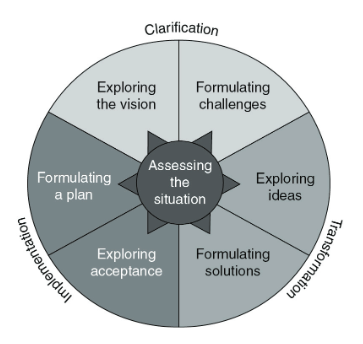
Turning problem makers into creative problem solvers: How New York state creatively shifted the paradigm from managing troubled kids to engaging them
What if youth labeled as “juvenile delinquents” can instead be engaged as key stakeholders in resolving challenges in their communities?






